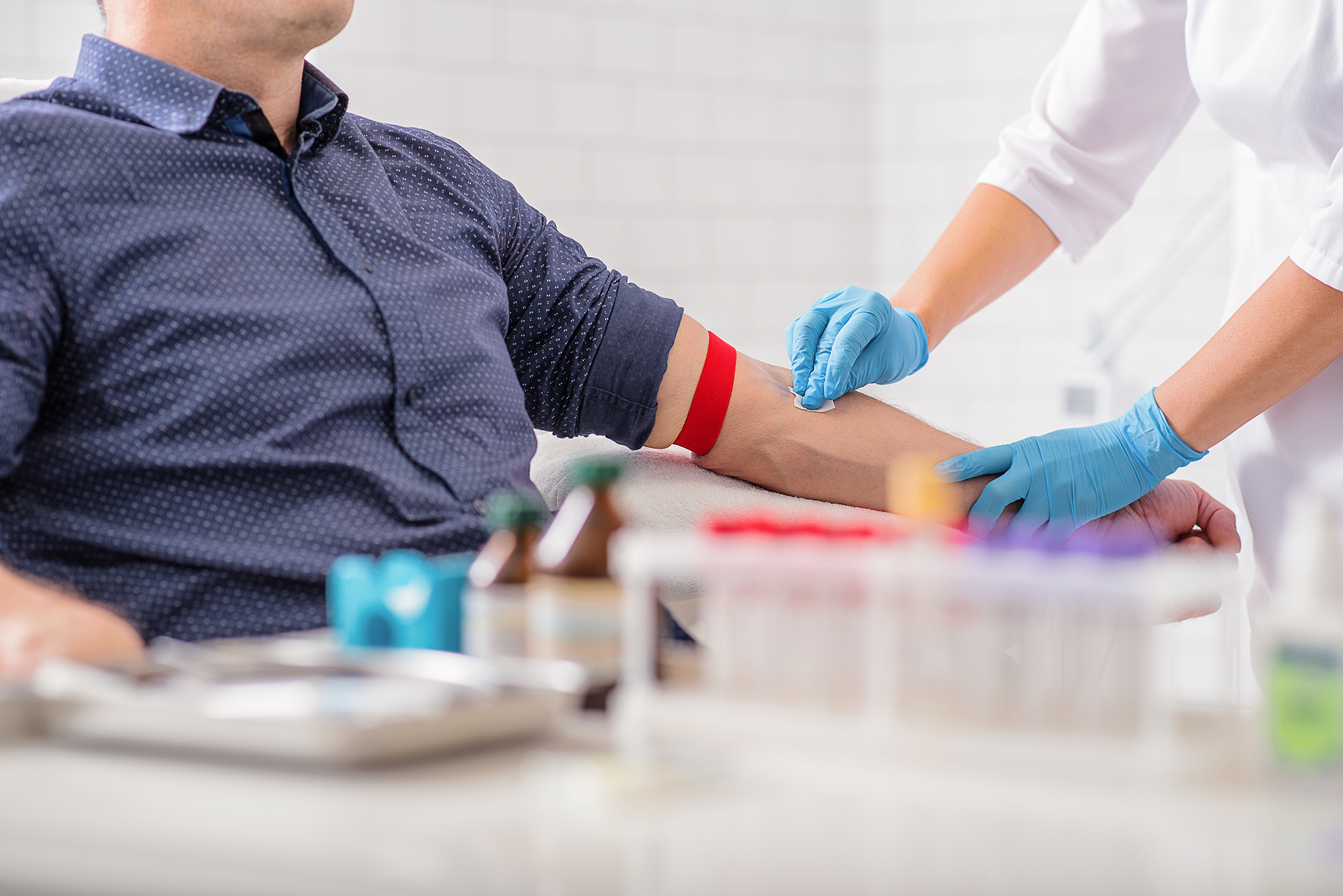Your donation goes a lot further than you might think. Read on to discover all the ways giving blood can help those in need
At Rescu, we’re in the business of saving lives, and believe it or not, you can be too. By giving blood, you can have a profound impact on someone else’s health, potentially providing them with a crucial lifeline.
If you’ve ever wondered how blood donations are put to use, this blog is for you. Below, we’ll cover the many ways donor blood can aid recipients with medical conditions, surgical operations, and emergency transfusion needs.
You’d be surprised by how far a single donation can go!
The Saving Grace in Emergency Situations
Emergencies can strike at any time, leaving victims in dire need of blood to survive. Whether it’s a car accident, natural disaster, or other unexpected event, donor blood plays a pivotal role in stabilizing patients who’ve suffered trauma.
Trauma victims often need massive transfusions to compensate for the amount of blood lost during accidents. By doing your part and donating to blood blanks, you can become an unsung hero, giving someone the gift of life when they need it most.
Smooth Operations: Donor Blood During Surgeries
Surgical operations, especially complicated or high-risk ones, often require blood transfusions—sometimes unexpectedly.
Most surgeries involve some level of blood loss. However, during more complex procedures, donor blood may be needed to balance things out, allow the body to continue transporting oxygen and nutrients to vital organs, and avoid issues like hypoxia from developing.
Hypoxia occurs when your tissues and organs aren’t receiving enough oxygen to function properly, which can be life-threatening if left unchecked.
From heart surgeries to organ transplants, donor blood ensures patients have the support they need to weather their procedures, forming an integral part of the well-oiled machine that is modern medicine.
Joining the Fight Against Cancer
For those battling cancer, blood donations are a powerful ally. Cancer treatments like chemotherapy often greatly reduce patients’ blood cell counts, increasing their risk of infections.
But a blood transfusion can replenish their red blood cells and platelets, helping them bounce back after treatment sessions, maintain their strength and energy, and relieve symptoms such as shortness of breath.
Suffice it to say that every donation you make can be a precious source of comfort and support for someone going through the toughest fight of their lives.
Helping People With Chronic Conditions
Outside of surgeries and emergencies, there’s a wide range of chronic diseases and conditions that require regular blood transfusions to maintain the patient’s health and keep symptoms under control.
Some examples of these include:
- Sickle cell anemia – An inherited disorder that causes red blood cells to form into a sickle shape, which can block blood flow and lead to symptoms such as infections, pain, and fatigue. These cells also die early, creating a shortage of healthy red blood cells, which is why patients require blood transfusions.
- Hemophilia – An inherited condition in which the blood can’t properly form clots, leading to significant blood loss during accidents or injuries. Patients can experience severe bruising, joint pain, swelling, and blood in the urine or stool, and may need a transfusion to replace the blood lost from damage to the body.
- Thalassemia – This inherited disorder leaves patients with fewer red blood cells than normal, as well as lower levels of hemoglobin, the oxygen-transporting protein. Cases range from mild to severe, and symptoms include fatigue, weakness, paleness, slow growth, and more. While mild cases can get away with no treatment, those with severe thalassemia may need blood transfusions to minimize symptoms.
By regularly donating blood, you can make a meaningful difference in the lives of those grappling with chronic conditions like these, helping to relieve the symptoms they live with every day.
How Just One Donation Can Save Multiple Lives
If you’ve never looked into the benefits of donating blood before, you’ll be shocked to learn just how much one pint of your blood can do.
Once collected, it can be separated into three components: red blood cells, plasma, and platelets—each of which serves its own purpose.
Red blood cells carry oxygen and nutrients throughout the body, plasma supports immune function and aids in clotting, and platelets support the clotting process as well, helping to control bleeding.
That means that if each of these components is given to a different person, your single donation can potentially save three lives.
Want to Do Your Part?
Donating blood is an act of kindness and generosity that has a ripple effect, radiating out to multiple people and changing their lives for the better.
And the best part?
You can do it in a matter of minutes!
If you’d like to do your part and save lives, check out the Red Cross’ website to find a blood drive near you.





